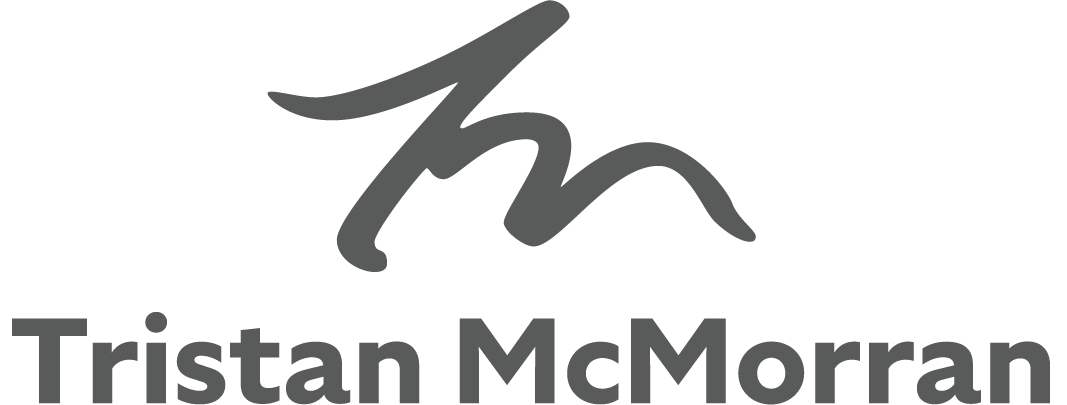This is a motion typography project that started when, with no aim in particular, I printed 27 type specimens of an assortment of 144pt wood type fonts with varying pressure, backing, and a few mixed and matched sorts (individual letters) on a Vandercook press while I was a student. I really enjoy the unique and imperfect artifacts that you get from printing wood type: scratches, notches, and the texture of the wood. As the pressure is lowered, the ink reveals more of the material behind it. The result is something that can't be created digitally or with more modern forms of printing, and as such it holds a place of value in my creative process. I actually took the letterpress class twice just for fun.
With this in mind, I've been planning a big animated film as a passion project, and I felt that the vibe of these letters was perfect for its title and possibly credits. So I scanned them at high quality and combined all 27 prints of each glyph (letter, numeral, or symbol) into Photoshop files that can be easily set in After Effects. Each file is a different glyph, 27 frames long, on a cycle. By using the font for the credits and titles, I aim to contribute to the film's themes of multiplicity, ephemerality, and organic existence. For the curious, the project's concept is related to my short film 'Tenant' which is also featured in this portfolio.
Because of slight differences in the wood, some letters printed with a range of thickness that leaned toward either end of the spectrum, like the O, which was consistently thin for many of the prints, or the U, which stayed thick for most of them. The impression of this is that the digital font screams with personality. Some of the letters are darker or brighter than others, and not because I arbitrarily adjusted a slider on the screen, but because maybe they were stored in a more humid corner of the case, or because they were dropped one too many times. In a fine quality print, you would normally correct for these errors by placing thin sheets of paper behind the thinner letters to even out the color of the print, but I realized that with over two dozen variations, the errors would naturally balance each other out as long as I interfered as little as possible with the process.
Although I made sure to keep my manual intervention in the process minimal, so as to let the font speak for itself, I did make some very careful and specific adjustments to the compositing in After Effects to make the contrast really shine and make the flickering smooth yet chaotic.
A triptych of letterpress posters I printed alongside the 27 type specimens (see below) for the aesthetic.
One of the high quality scans I took of all the printed specimens. I cut out each of these glyphs in Photoshop and registered all 1,080 images down to the pixel to minimize any bouncing not caused by genuine differences in the print or mixing between fonts, allowing the illusion of motion to become apparent.
Behind the scenes of the digital typesetting process after completing the font— all of the processing work was worth it to have something that's so easy to apply.

